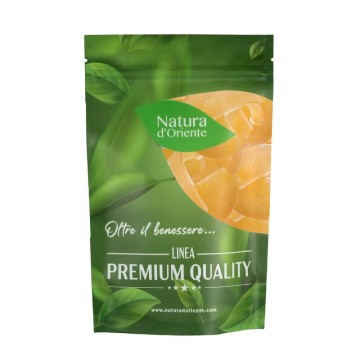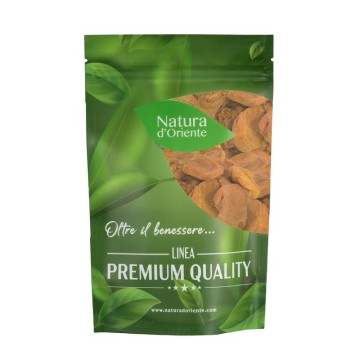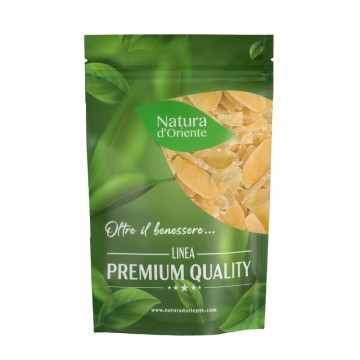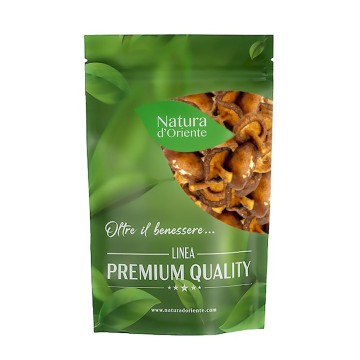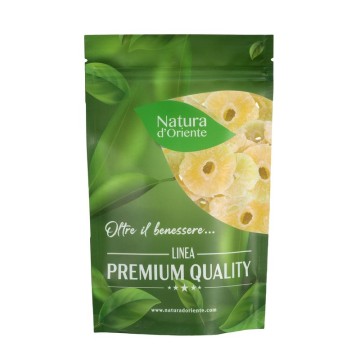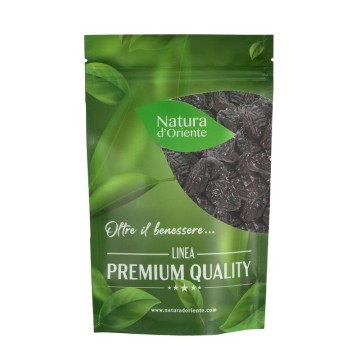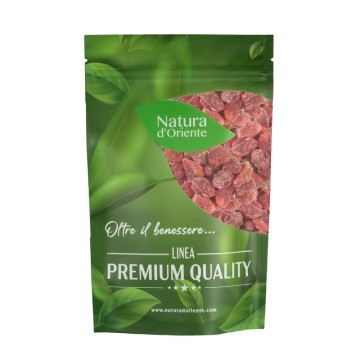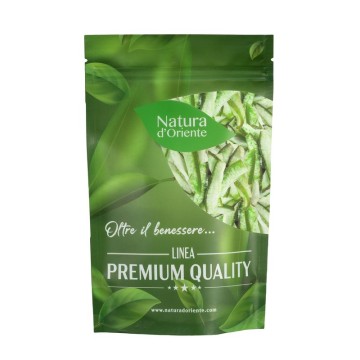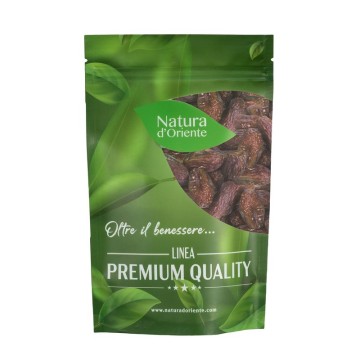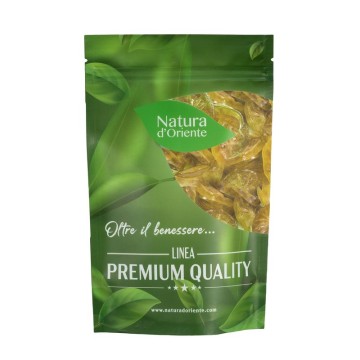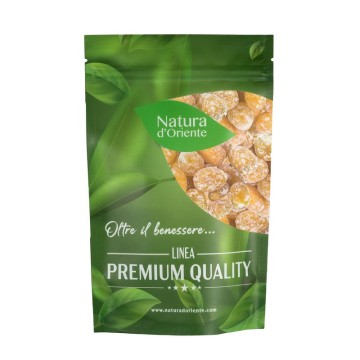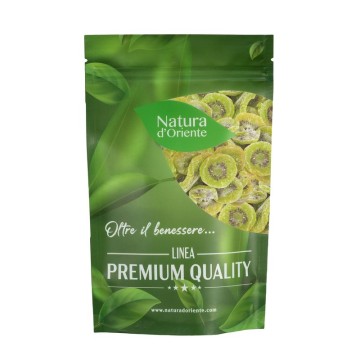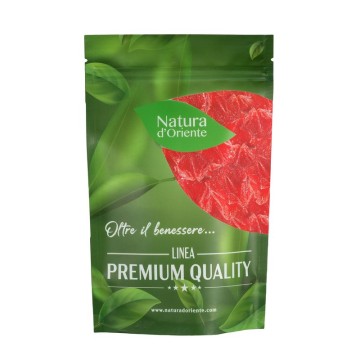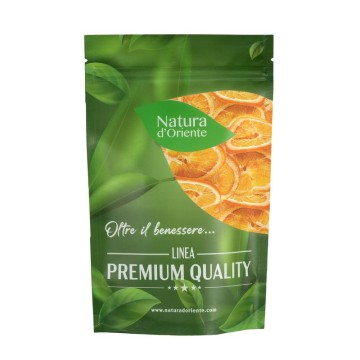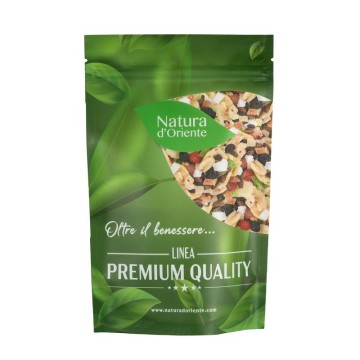Natural dehydrated papaya without sugar
Not just a delicious snack: eating dried papaya is a good way to increase the supply of beneficial nutrients for our body. Antioxidants, vitamins, minerals ... let's see how to get them from papaya!
Natural dried papaya: properties and benefits
This dehydrated version of the papaya fruit, native to the American tropics , is convenient to be consumed but also beneficial, as it is natural papaya with no added sugar.
Once the fruit is dried, it becomes a concentrate of its nutrients, energizers and health benefits: enzymes, minerals and antioxidants, vitamins and fiber.
Papaya has, in fact, a high level of vitamin C and vitamin A , substances such as pectin, soluble fiber, B vitamins, zinc, copper, calcium, magnesium and iron.
A portion of this natural dried fruit allows you to take on these nutritional elements, which will have excellent repercussions for the health of our body.
In natural dehydrated papaya, the high levels of carotenoids and antioxidants help in counteracting cellular aging and can protect the well-being of the skin and hair. The beauty of the skin will be protected by the antioxidants and vitamins of the fruit.
In terms of digestive well-being, papaya can facilitate regular digestion. Like? An enzyme contained in this fruit is papain, and is able to promote the digestion of meat, easily breaking down its protein chains. This natural papaya substance is rich in digestive enzymes, so it facilitates the absorption process of food in general, and proper digestion.
In the past, in fact, papaya was used to tenderize meat and was known in oriental medicine for its ability to protect the liver from disease.
In addition, this fruit contains a high content of soluble fiber, always useful for digestion, and has a detoxifying action on the body, stimulating the elimination of digestive waste.
The antioxidants contained in dehydrated natural papaya, including carotenoids, protect against the “harmful” molecules of free radicals. These derive from internal processes of our organism, or through contact with harmful factors (pollution, drugs, alcohol, smoking, grilled foods, pesticides, exposure to sunlight, stress, etc.).
Antioxidants, therefore, can neutralize free radicals - molecules that can cause oxidative stress in our cells. The beneficial action of reducing oxidative stress is attributed to the good content of lycopene present in papaya.
This component acts together with vitamin C, also to protect the heart and increase the effects of "good" HDL cholesterol.
The energy that this fruit provides can counteract a state of stress, thanks to its nutrients, sugars and vitamins in the first place. For athletes, a contribution of natural papaya can replenish the minerals that are lost with physical activity or sweating (especially potassium).
Thanks to the content of minerals such as calcium, magnesium and potassium, natural papaya is also valuable for the well-being of the bones and nervous system.
Origins and History of cultivation
The fruit of the Carica papaya, the papaya (or papaya) is native to the American tropics and Central America - especially Mexico, where this plant grew wild.
A fruit much appreciated since ancient times, linked to fertility, was known in the Mexican language Nahuatl with the name of Chichihualtzapotl, or "sweet fruit of the nurse".
The Maya defined the papaya plant as the "tree of life", and when the Spaniards came to know it, in the 16th century they spread the seeds of Carica papaya in the Caribbean and the Philippines, from where they later reached India and Africa.
Today the plant is grown in many tropical countries, all over the world, where temperatures do not drop below zero degrees. In Italy, the Carica papaya is grown little in Sicily and Calabria, giving fruit only in spring - summer.
Every part of the plant continues to be used, from the sweet fruit to the leaves for herbal teas or cooked as vegetables, and the dried seeds as a spice to flavor. Dried and ground, the seeds can be used for their bitter taste, as a substitute for black pepper to spice meats, salads and fish.
In some countries, unripe papaya is boiled to make it a suitable side dish for digesting meat.
Plant and Fruit
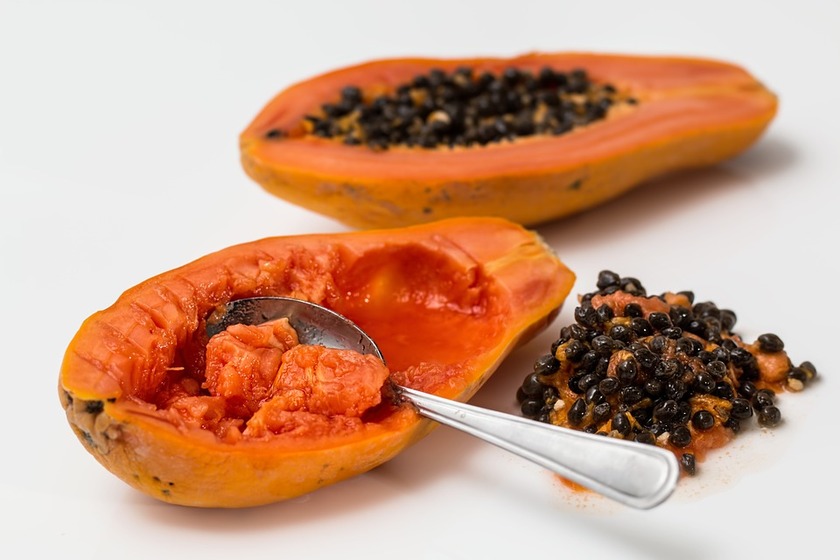
The Carica papaya, is a non treevery large, and with little branching, even if in some cases the stem reaches up to 10 meters in height. Usually, the plant reaches the age of about 5 years.
The trunk has growth scarring, and gives a toxic lymph to humans. Its leaves are palmate and lobed, and the flowers grow continuously, even simultaneously with the fruits.
The papaya plant does not need a particular soil, only a warm or temperate temperature.
The papaya fruit is born with an ovoid shape and a color that can have various shades of green, yellow, orange or pink. It is a large fruit, it can reach up to 30 cm and weigh up to 9 kg, although for commercial reasons the plant is preferably cultivated in the dwarf varieties that produce fruits of about half a kilogram.
The fruit is made up of three parts, all edible: the pulp, seeds and leaves of the plant.
Nutritional values of natural sugar-free dehydrated Papaya
The nutritional properties of this fruit are interesting, especially because, as we have seen, it contains a good dose of carbohydrates, vitamins, minerals and antioxidants - flavonoids.
Papaya also in its natural version makes available a good amount of vitamin C (about 80 mg / 100 g) and vitamin A (about 180 mcg / 100 g). Dried and without added sugar, papaya contains about 320 Kcal per 100 grams, it is full of energizing sugars (76 g / 100 g). It does not contain fat (0%), but fiber (about 4 g / 100g).
It also provides minerals such as potassium (about 600 mg / 100g), calcium (about 150 mg / 100g), iron (0.66 mg / 100g).
By eliminating the water, this dehydrated food can be consumed without feeling too full, like the fruit, and nutrient intake will be much more efficient.
How to consume sugar-free dehydrated papaya in the kitchen or as a snack
The soft and watery taste of papaya, in its dried version, can remain and delight us in the preparation of food and drinks, as well as as a snack.
Dried papaya can certainly be consumed in a simple way as an energizing snack, a hunger breaker useful in diets without added sugars, but with an excellent supply of antioxidants and vitamins. It can be used in pastry and cooking, for the creation of decorations, mix of cereals and salads, or for the creation of energy bars.
The slices of natural papaya, dehydrated and sugar-free , can be added to vegetable drinks, yogurt, tea, and can create top decorations for ice cream, muffins, cupcakes and cupcakes.
Dried Papaya can also be used in mixing smoothies or cocktails, making them sweeter, more exotic and original.
Natural dried papaya: side effects and contraindications
There are no particular contraindications for the consumption of Papaya in the right doses; as with many dried fruit, however, the natural sugars themselves are also high. For this reason, high doses of dried papaya are not recommended for those suffering from diabetes, as they can raise blood sugar levels.
During pregnancy it is recommended to consume moderate quantities of this fruit, due to the presence of papeine, a substance that can induce uterine contraction - in reality the phenomenon has been observed more in the unripe fruit.
In large doses, dried Papaya could cause a laxative action.

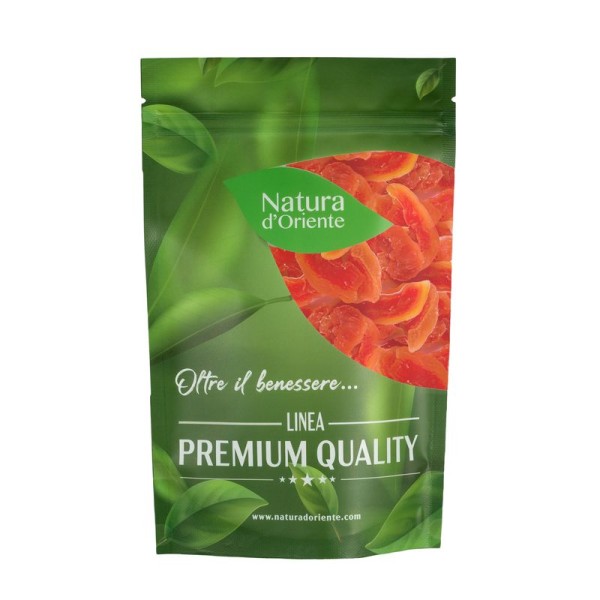







 No reward points for this product.
No reward points for this product.



